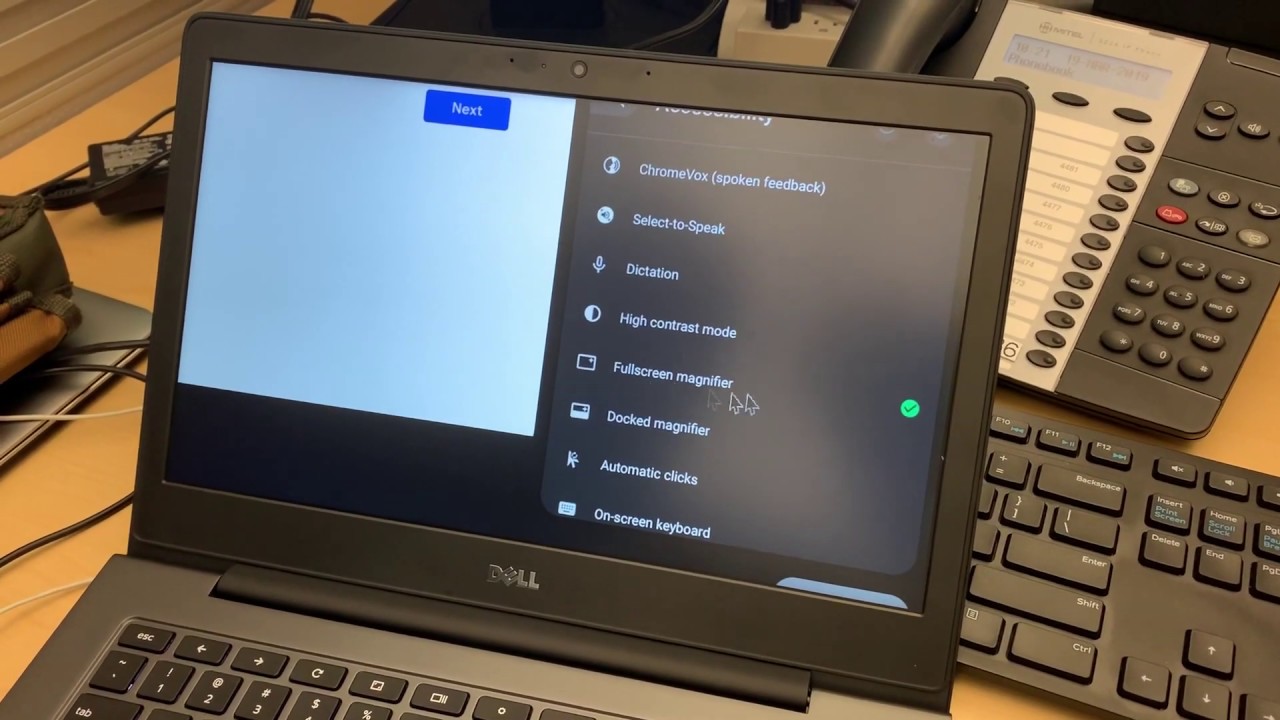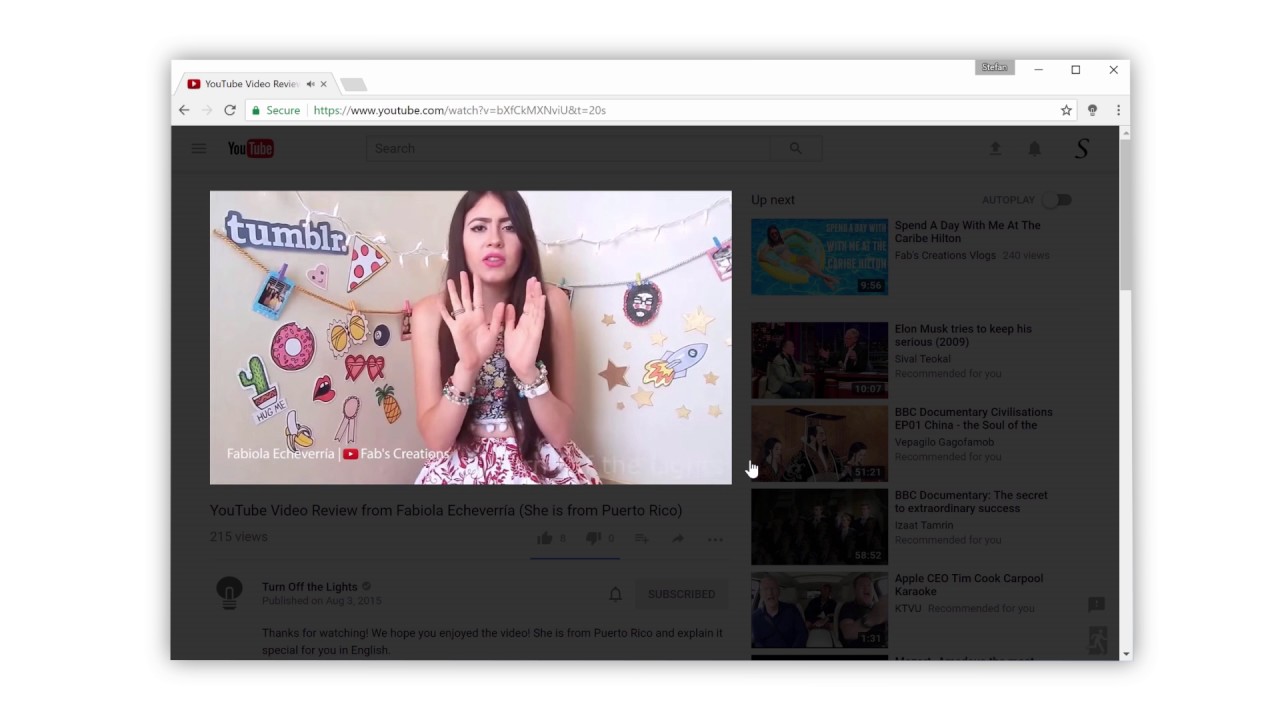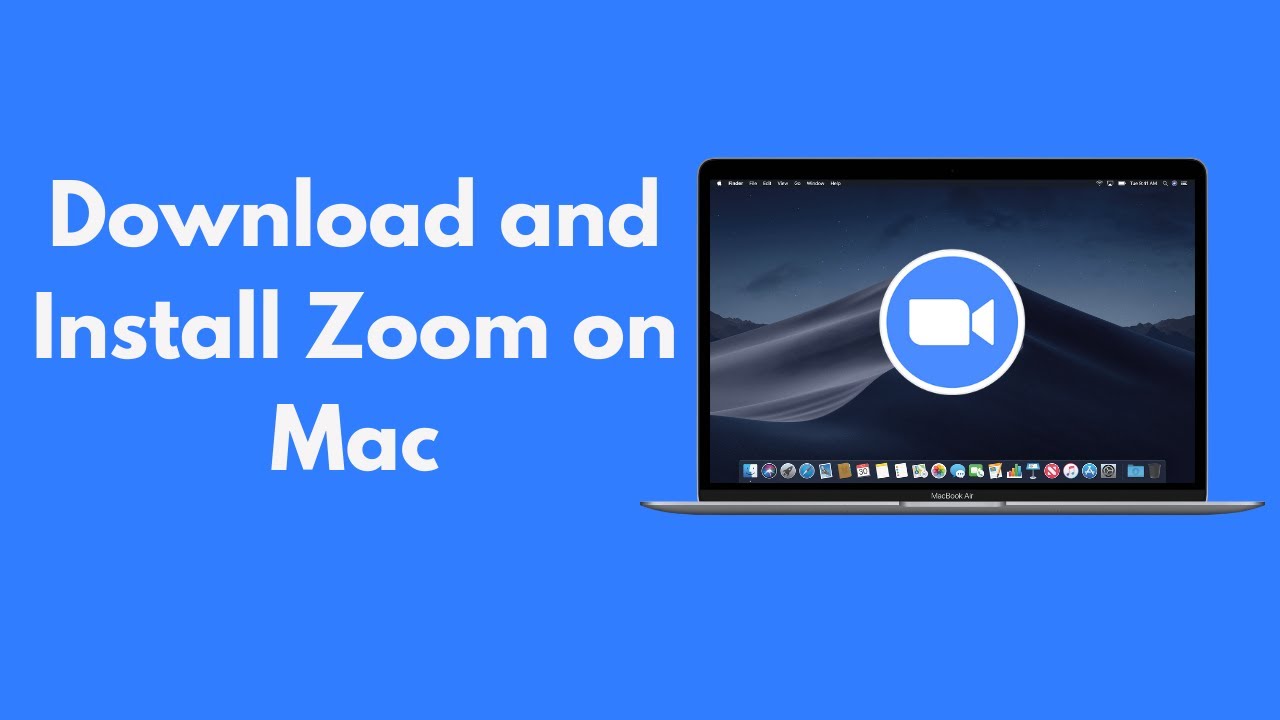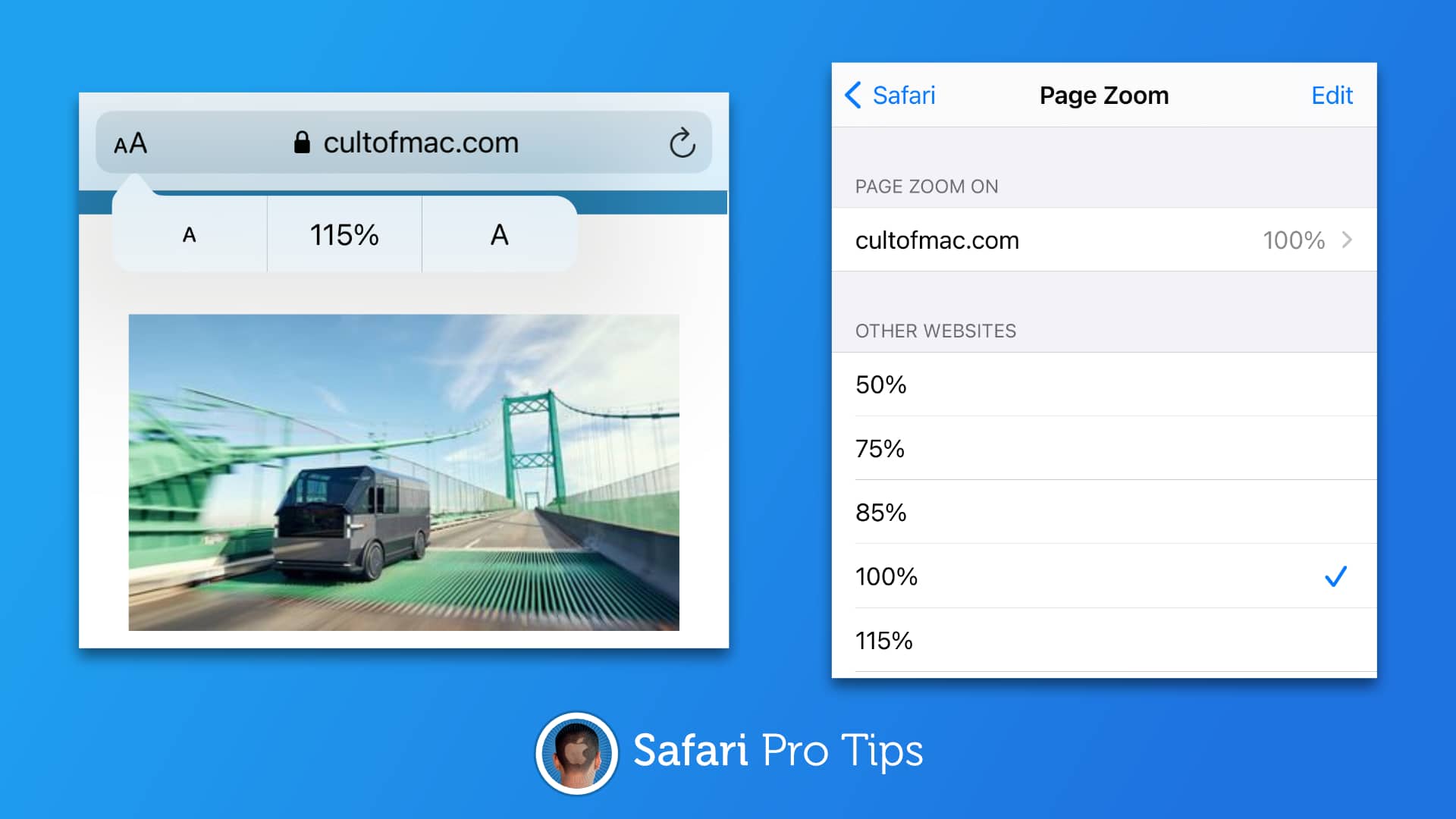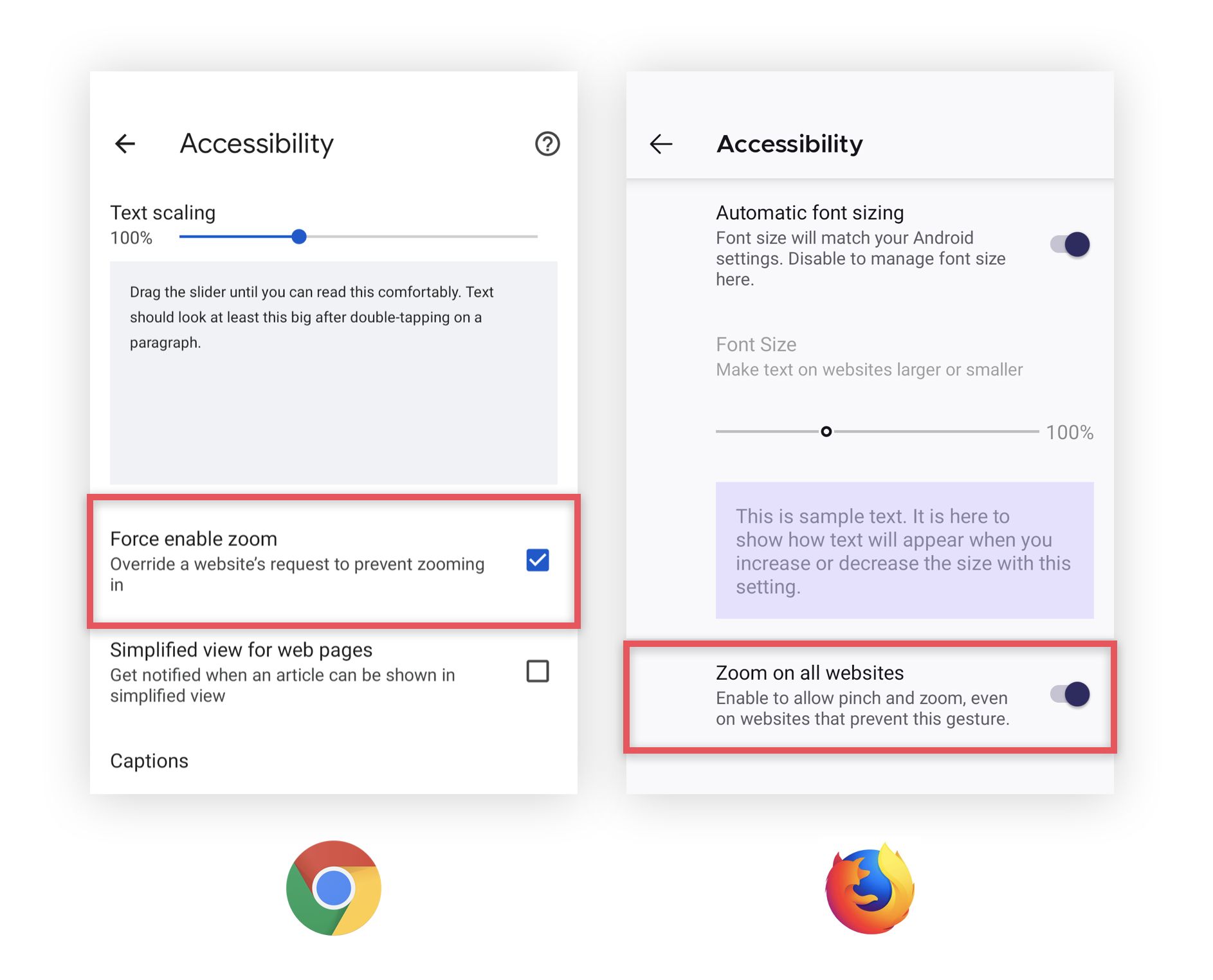Introduction
In today's fast-paced digital world, virtual communication has become an integral part of our daily lives. Whether it's for work, education, or social gatherings, the ability to connect with others remotely is more important than ever. Zoom, a popular video conferencing platform, has gained widespread acclaim for its user-friendly interface and robust features. While many people are familiar with the Zoom desktop application, not everyone knows that it's also possible to access Zoom directly through a web browser.
Opening Zoom in a web browser offers a convenient alternative for users who may not have the desktop application installed or prefer to access Zoom without downloading additional software. Additionally, using Zoom in a browser can be advantageous for individuals who are using shared or public computers and need quick access to a meeting without the hassle of installing software.
In this guide, we will explore the step-by-step process of opening Zoom in a web browser, joining a Zoom meeting, and utilizing various Zoom features directly within the browser interface. Whether you're a seasoned Zoom user or new to the platform, understanding how to navigate Zoom in a web browser can enhance your virtual communication experience and streamline your interactions with colleagues, friends, and family.
By the end of this guide, you will have a comprehensive understanding of how to seamlessly access and utilize Zoom in a web browser, empowering you to participate in virtual meetings, webinars, and collaborative sessions with ease and efficiency. Let's dive into the world of browser-based Zoom and discover the possibilities it offers for seamless virtual communication.
Step 1: Accessing Zoom in a Web Browser
Accessing Zoom in a web browser is a straightforward process that allows users to quickly join meetings and engage in virtual interactions without the need to download the Zoom desktop application. Whether you're using a computer, laptop, or mobile device, accessing Zoom in a web browser provides flexibility and convenience. Here's a detailed look at how to access Zoom in a web browser:
1. Open Your Web Browser
Begin by launching your preferred web browser, such as Google Chrome, Mozilla Firefox, Safari, or Microsoft Edge. Once the browser is open, navigate to the address bar at the top of the window.
2. Enter the Zoom Website
In the address bar, type "zoom.us" and press Enter. This will direct you to the official Zoom website, where you can access various resources and features related to the Zoom platform.
3. Sign In or Join a Meeting
Upon reaching the Zoom website, you will have the option to sign in to your Zoom account if you already have one. Simply click on the "Sign In" button located at the top right corner of the page and enter your credentials to access your account. If you don't have a Zoom account or need to join a meeting without signing in, you can click on the "Join a Meeting" link, where you will be prompted to enter the meeting ID provided by the meeting host.
4. Accessing Zoom Features
Once you have signed in or joined a meeting, you will be able to access a range of Zoom features directly through your web browser. These features may include joining or hosting meetings, scheduling new meetings, accessing your personal meeting room, and managing your account settings.
5. Browser Compatibility
It's important to note that Zoom's web browser interface is designed to be compatible with a wide range of browsers and operating systems. Whether you're using a Windows PC, Mac, or a mobile device running iOS or Android, you can access Zoom seamlessly through your web browser, ensuring a consistent experience across different devices.
By following these steps, you can easily access Zoom in a web browser, allowing you to participate in virtual meetings, webinars, and collaborative sessions without the need to install additional software. This accessibility and flexibility make browser-based Zoom a valuable tool for individuals who require quick and convenient access to virtual communication platforms.
Step 2: Joining a Zoom Meeting
Joining a Zoom meeting through a web browser is a seamless process that allows participants to connect with hosts and other attendees from any location with internet access. Whether you've received a meeting invitation or have the meeting ID provided by the host, joining a Zoom meeting in a web browser can be accomplished with just a few simple steps.
-
Enter the Meeting ID: If you have been provided with a specific Meeting ID by the host, simply navigate to the Zoom website in your web browser and click on the "Join a Meeting" link. You will then be prompted to enter the Meeting ID in the designated field. Additionally, you may be required to input a display name to identify yourself within the meeting.
-
Joining the Meeting: After entering the Meeting ID and your display name, click on the "Join" button. The web browser will then initiate the process of connecting you to the Zoom meeting. Depending on the meeting settings, you may be placed in a waiting room before being admitted to the main meeting session.
-
Audio and Video Settings: Upon joining the meeting, you will have the option to configure your audio and video settings directly within the web browser interface. You can choose to enable or disable your microphone and camera based on your preferences and the requirements of the meeting.
-
Meeting Controls: Once you have successfully joined the Zoom meeting, you will have access to a range of meeting controls within the web browser interface. These controls may include the ability to mute or unmute your microphone, start or stop your video feed, and interact with other participants through chat and other collaborative features.
-
Participating in the Meeting: As a participant in the Zoom meeting, you can actively engage with the host and other attendees, contribute to discussions, share your screen if necessary, and make use of various interactive features available through the web browser interface.
By following these steps, you can effortlessly join a Zoom meeting through your web browser, enabling you to participate in virtual gatherings, professional meetings, educational sessions, and social events with ease and convenience. The accessibility of joining Zoom meetings in a web browser ensures that users can engage in virtual interactions without the need for additional software installations, making it a versatile and user-friendly option for remote communication.
Step 3: Using Zoom Features in the Browser
Utilizing Zoom features in a web browser provides users with a comprehensive set of tools to enhance their virtual communication experience. Whether you're hosting a meeting, collaborating with colleagues, or participating in a webinar, the browser-based interface offers a range of features that empower users to engage in productive and interactive sessions. Here's a detailed exploration of the various Zoom features available within the browser interface:
-
Hosting and Joining Meetings: Through the web browser interface, users have the ability to host new meetings, schedule future sessions, and join existing meetings with ease. The intuitive meeting management tools allow hosts to initiate video conferences, set up recurring meetings, and manage participant settings directly from the browser, providing a seamless experience for both hosts and attendees.
-
Video and Audio Controls: Within the browser-based Zoom interface, participants can manage their video and audio settings effortlessly. Whether it's adjusting camera settings, muting or unmuting microphones, or selecting audio input/output devices, users have full control over their audiovisual experience, ensuring clear and uninterrupted communication during meetings.
-
Screen Sharing and Collaboration: The browser interface enables users to share their screens, presentations, or specific applications with other meeting participants. This feature is particularly valuable for collaborative discussions, presentations, and remote teamwork, allowing users to share content and collaborate in real-time without the need for additional software installations.
-
Chat and Messaging: Zoom's chat functionality is seamlessly integrated into the web browser interface, enabling participants to engage in text-based conversations, share links, and exchange information during meetings. The chat feature fosters real-time communication and collaboration, providing a platform for participants to ask questions, share resources, and interact with one another within the browser environment.
-
Participant Management: Hosts and co-hosts can efficiently manage meeting participants directly from the browser interface. This includes the ability to admit participants from the waiting room, assign roles and permissions, and ensure a controlled and organized meeting environment without the need to switch to the desktop application.
-
Interactive Whiteboard and Annotations: The browser-based Zoom interface offers interactive whiteboard functionality, allowing users to engage in visual brainstorming, annotate shared content, and collaborate on virtual whiteboard sessions. This feature enhances creativity and interactivity during meetings, enabling participants to express ideas visually and engage in dynamic discussions.
-
Recording and Playback: Users can initiate and manage meeting recordings directly from the web browser interface. This feature allows hosts to record meetings, webinars, and presentations for future reference or distribution. Additionally, participants can access recorded sessions for playback and review, providing a valuable resource for post-meeting analysis and knowledge retention.
By leveraging these features within the browser-based Zoom interface, users can maximize their virtual communication capabilities, facilitate seamless collaboration, and engage in productive and interactive meetings without the constraints of traditional software installations. The accessibility and versatility of Zoom's browser interface empower users to harness the full potential of the platform, making it a valuable tool for remote communication and virtual collaboration.
Conclusion
In conclusion, the ability to open and utilize Zoom in a web browser offers a myriad of benefits for individuals seeking seamless and accessible virtual communication solutions. By following the step-by-step process outlined in this guide, users can effortlessly access Zoom directly through their web browsers, join meetings with ease, and leverage a comprehensive set of features to enhance their virtual interactions.
The convenience of accessing Zoom in a web browser cannot be overstated. Whether users are on a shared computer, using a device with limited storage capacity, or simply prefer the flexibility of browser-based access, the web interface provides a versatile and user-friendly platform for engaging in virtual meetings, webinars, and collaborative sessions.
Furthermore, the browser-based Zoom interface is designed to be compatible with a wide range of browsers and operating systems, ensuring a consistent and reliable experience across different devices. This compatibility extends to desktop computers, laptops, and mobile devices, allowing users to connect to Zoom from virtually anywhere with an internet connection.
Joining Zoom meetings in a web browser is a seamless process that empowers participants to connect with hosts and other attendees without the need for additional software installations. The intuitive meeting controls, audiovisual settings, and collaborative features available within the browser interface enable users to actively engage in discussions, share content, and contribute to productive virtual sessions.
Additionally, the comprehensive set of Zoom features accessible through the web browser interface enhances the overall virtual communication experience. From hosting and joining meetings to managing participants, sharing screens, and engaging in real-time collaboration, the browser-based interface provides a robust set of tools for facilitating effective and interactive virtual interactions.
In essence, the ability to open Zoom in a web browser represents a valuable alternative for individuals seeking flexible and accessible virtual communication solutions. Whether it's for professional meetings, educational sessions, or social gatherings, the browser-based interface empowers users to connect, collaborate, and communicate effectively, regardless of their device or location.
By embracing the possibilities offered by browser-based Zoom, users can navigate the digital landscape with confidence, leveraging the platform's capabilities to foster meaningful connections, facilitate productive discussions, and engage in dynamic virtual experiences. As the digital realm continues to evolve, the accessibility and versatility of browser-based Zoom position it as a valuable tool for individuals and organizations seeking efficient and seamless virtual communication solutions.










